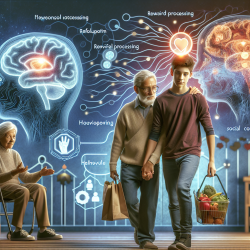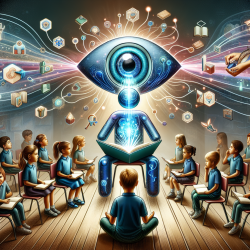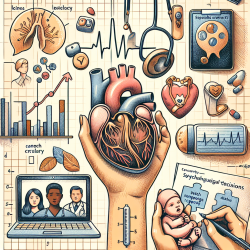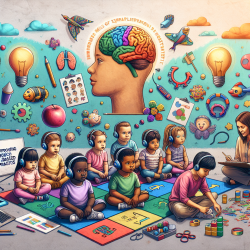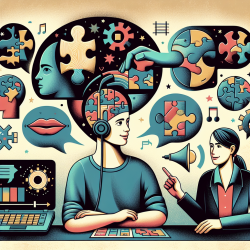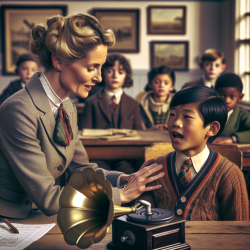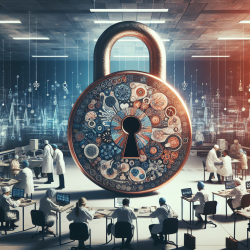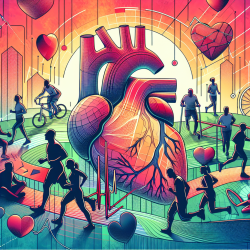Understanding the Impact of Giving on Adolescent Brain Development
Adolescence is a transformative period marked by significant changes in social interactions and brain development. A recent study titled Giving to others and neural processing during adolescence sheds light on how prosocial behaviors, such as giving, influence neural processing in adolescents. This research offers valuable insights for practitioners in the field of speech-language pathology and education, particularly those utilizing online therapy services like TinyEYE.
Key Findings from the Research
The study involved 269 adolescents aged 9 to 20, who participated in a decision-making task while undergoing functional magnetic resonance imaging (fMRI). The task required participants to decide whether to give money to caregivers, friends, or strangers, at a personal cost. The findings revealed several critical insights:
- As adolescents age, they show a greater tendency to give to caregivers and friends, while giving to strangers remains stable.
- Brain regions associated with cognitive control, such as the dorsolateral and ventrolateral prefrontal cortex, show increased activation with age across all giving decisions.
- Regions linked to reward processing, like the ventral striatum and ventral tegmental area, are consistently active when giving to all recipients, regardless of age.
- Social cognition areas, including the dorsomedial prefrontal cortex, show reduced or no activation during giving tasks.
Implications for Practitioners
These findings have significant implications for practitioners working with adolescents. Understanding the neural underpinnings of prosocial behavior can enhance strategies for promoting positive social interactions and decision-making skills. Here are some practical applications:
- Encourage Prosocial Behavior: Integrate activities that promote giving and sharing in therapy sessions. These can enhance cognitive control and reward processing, fostering a sense of satisfaction and well-being.
- Focus on Known Relationships: Tailor interventions to strengthen relationships with family and friends, as these are more likely to elicit positive neural responses in adolescents.
- Leverage Technology: Utilize online platforms like TinyEYE to create interactive and engaging prosocial activities that can be accessed remotely, ensuring continuity of care.
Encouraging Further Research
While this study provides a foundation for understanding the neural correlates of giving in adolescence, further research is needed to explore the long-term impacts of prosocial behavior on brain development. Practitioners are encouraged to stay informed about emerging research and consider collaborating with researchers to contribute to this growing field.
To read the original research paper, please follow this link: Giving to others and neural processing during adolescence.
